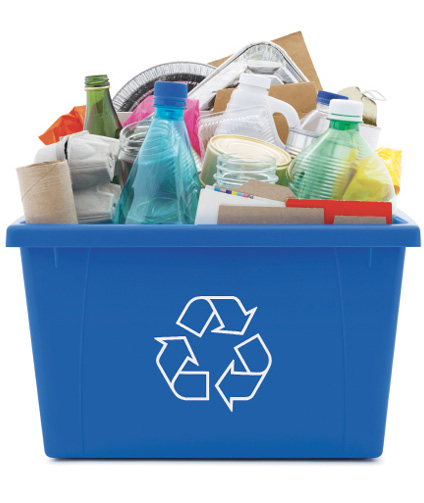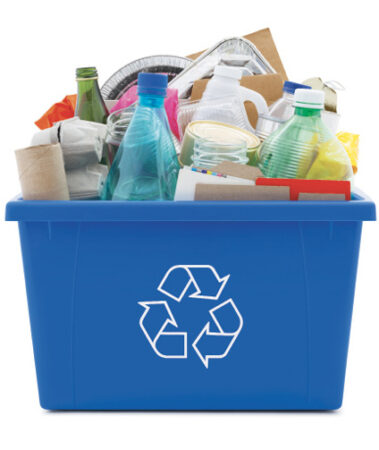
What the Canada Plastic Pact means for your business – by Carol Zweep
Food in Canada Staff

Plastic packaging plays an important role in the food and beverage industry. Sadly, the main sector for plastic waste is packaging (43 per cent). According to Environment and Climate Change Canada (ECCC), 87 per cent of plastic waste end up in landfills or leaking into the environment. Only nine per cent is recycled (mechanical and chemical) and four per cent is incinerated with energy recovery.
Canada, like many countries around the world, is working hard to reduce pollution caused by plastic waste. On January 27, more than 40 businesses, NGOs and government bodies came together to form The Canada Plastics Pact (CPP). Part of the Ellen MacArthur Foundation’s Plastics Pact network, the CPP aims to end plastic waste and pollution through a circular economy for plastics.

What does this really mean? At its core, the circular economy aims to keep products and materials in use for as long as possible and closes the loop by reducing, reusing, repairing, remanufacturing, recycling and composting materials. When it comes to plastics, a circular economy would result in less waste, cost savings and even new jobs.
To make this a reality, the CPP is working towards four primary targets by 2025:
Creating a list of plastic packaging and eliminating problematic or unnecessary packaging
Supporting design of 100 per cent reusable, recyclable or compostable plastic packing
Ensuring plastic packaging is at least 50 per cent recycled or composted
Incorporating at least 30 per cent recycled content into plastic packaging.
By successfully meeting these targets, the CPP will be on track to achieving its circular economy goal. To help, PAC Packaging Consortium has launched an online tool and database (pacpip360.com) that takes packaging information (components, materials, weight, size, format, etc.) and uses key performance indicators to assign a “score.”

While this may seem daunting for manufacturers, there are exciting opportunities to innovate and create new packaging solutions with input from various stakeholders (material suppliers, converters, CPG companies, retailers).
There are, however, a few important considerations. New packaging will need to meet municipalities’ infrastructure for recyclability and composability, which varies from region-to-region across the country. This requires food and beverage companies to consider how the change in materials or design of the package will affect their product. Specifically:
If new materials are used, they will need assurance of safety for food contact
Change in material should not impart taste and odour to the product or appreciably affect its shelf life
The redesigned package will need to withstand applicable thermal processing conditions and the rigors of handling, transportation and storage
Lastly, presentation — and ensuring consumer-friendly use and acceptance of the new package — is critical for its success.
Innovative packaging solutions will require development activities, pilot evaluations and scale-up exercises at each step within the supply chain and at the end of life. Expanding citizen awareness, increasing collection and diversion of plastic waste are also key elements of the CCP’s goals. The CCP action plan is ambitious. Collaborative effort and support from government, industry and citizens are needed to achieve a circular economy and keep plastic out of the environment.
Carol Zweep is senior manager of Packaging, Product Innovation and Compliance for NSF International. Contact her at czweep@nsf.org
Print this page